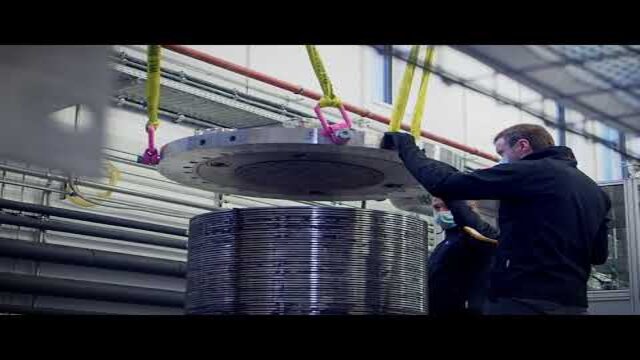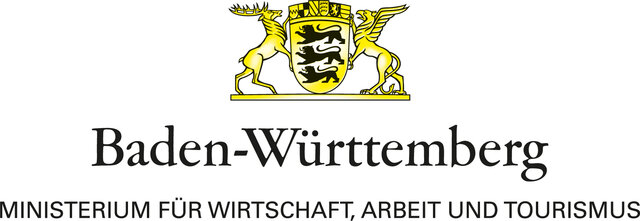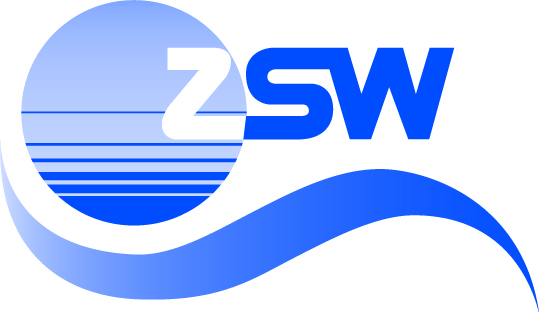The focus of the research and development work in the ‘BW Electrolysis’ project (15 April 2020 to 30 April 2023) was on an improved, easily scalable architecture of the electrolysis system and on innovations with regard to the electrolysis stack. To this end, the ZSW in Stuttgart developed an innovative system technology based on the modular principle with improved system automation, which was implemented as a system demonstrator ‘made in Baden-Württemberg’ and presented to a wide audience as a showcase for the value creation potential in the state.
Equally important was the development of an advanced electrolysis stack design that is characterised by scalability and ease of assembly. The Hahn-Schickard Institute in Stuttgart is researching the integration of microsensor technology into the electrolysis stack in order to measure temperatures and cell voltage in the electrolysis cell at the point of gas formation and thus be able to recognise any faults at an early stage with the help of measurement electronics. The German Aerospace Centre in Stuttgart (DLR) is concentrating on the production of catalytically active coatings for the electrodes using the atmospheric plasma spraying process, with which the cell voltage could be reduced. The German Institutes of Textile and Fibre Research (DITF) in Denkendorf are developing improved, fibre-reinforced membrane materials that are thin and therefore efficient, but at the same time robust and therefore stable over the long term.



